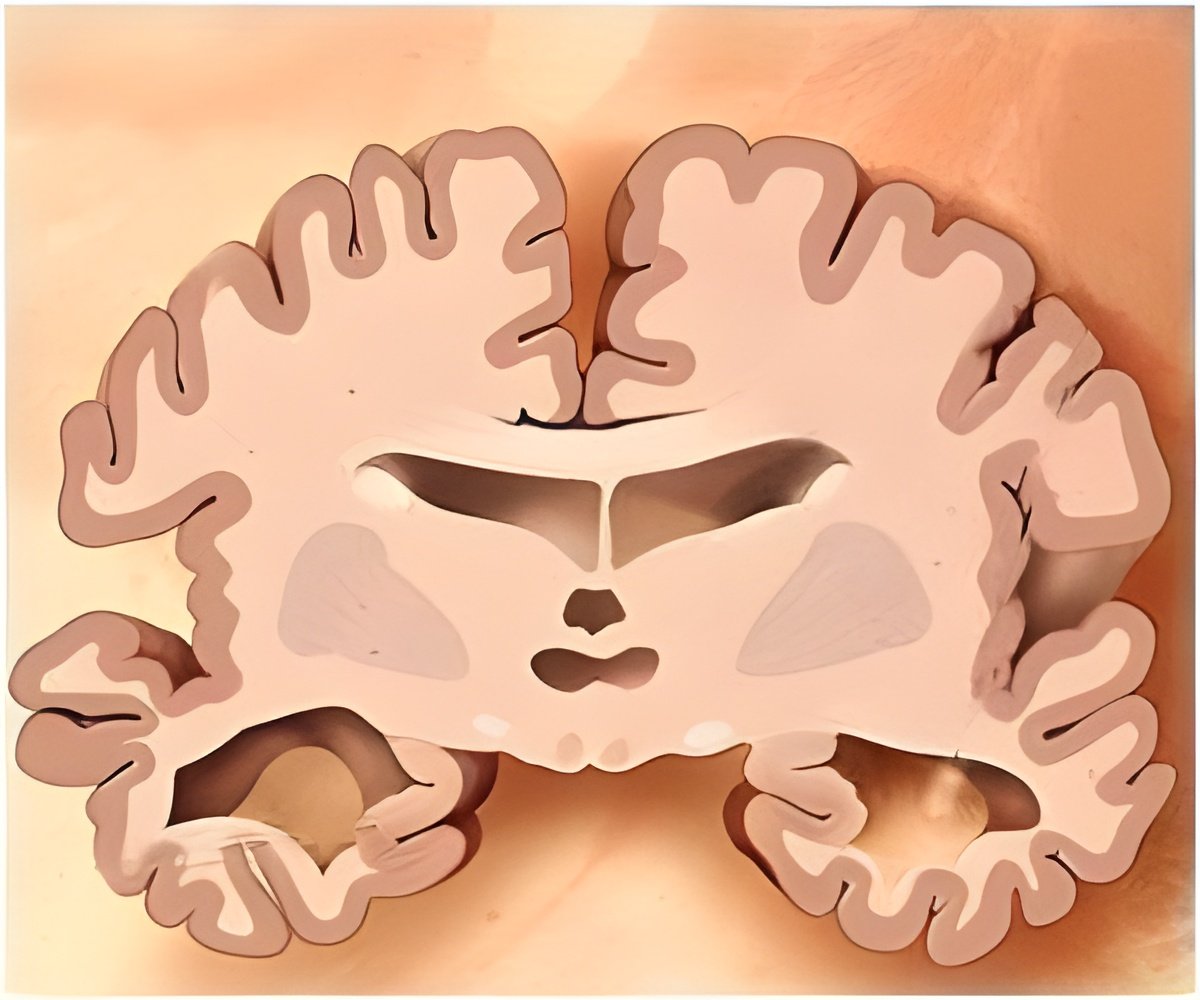
"We are not dealing with a single target, beta-amyloid alone, but with multiple ones because each aggregate of peptide, which can go from two units to 3,000 is a potential target. Determining the aggregate responsible for neuronal death is extremely complex and is one of the key issues for confirming or rejecting the hypothesis regarding beta-amyloid," explains Natàlia Carulla, scientist at the Institute for Research in Biomedicine (IRB Barcelona) and principal investigator of the study published today in the scientific journal ACS Chemical Biology. In their latest work, Carulla and collaborators describe a technique that has allowed them, for the first time, to distinguish different types of beta-amyloid aggregates formed during aggregation and in parallel to establish which is most toxic. The study provides further evidence in support of the hypothesis that neuronal death is caused by intermediate aggregates of beta-amyloid and reveals that the development of structure within these aggregates determines their ability to cause neuronal death.
The Harmful Forms of Beta-Amyloid
The study shows that the most toxic aggregates are those formed by 20 to 100 units of beta-amyloid, known as intermediate aggregates or precursor aggregates of beta-amyloid fibrils. In contrast, the smaller aggregates of beta-amyloid and the amyloid fibrils, which can contain up to 3,000 units of the peptide, do not cause neuronal death.
Source-Eurekalert











